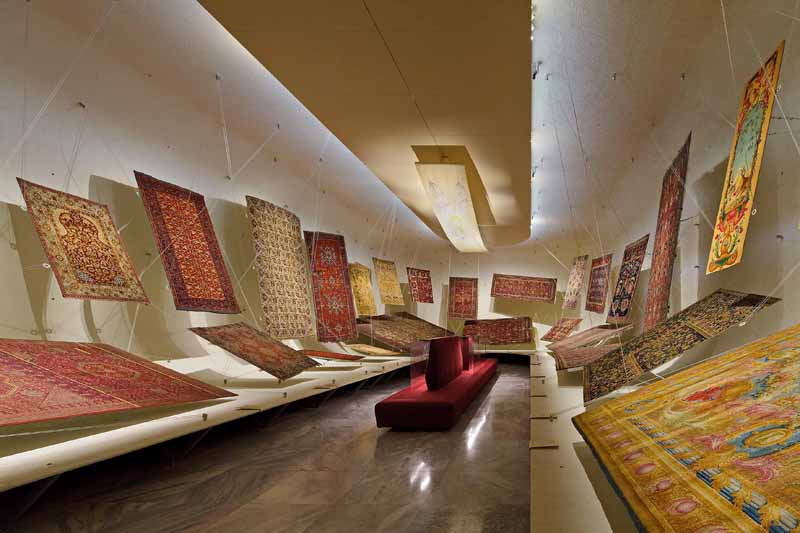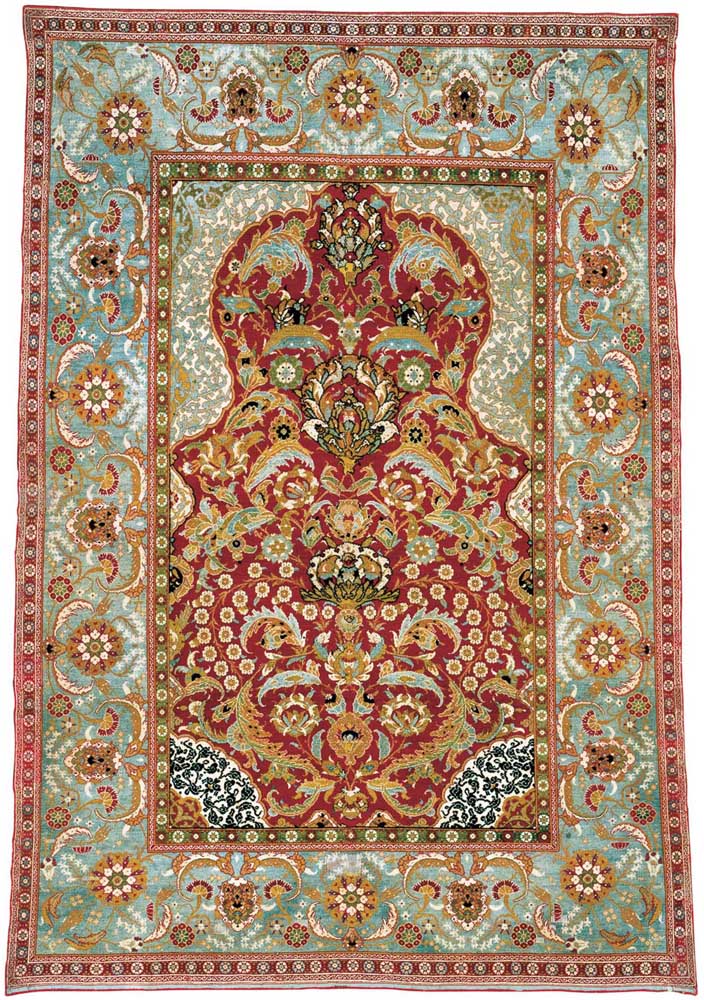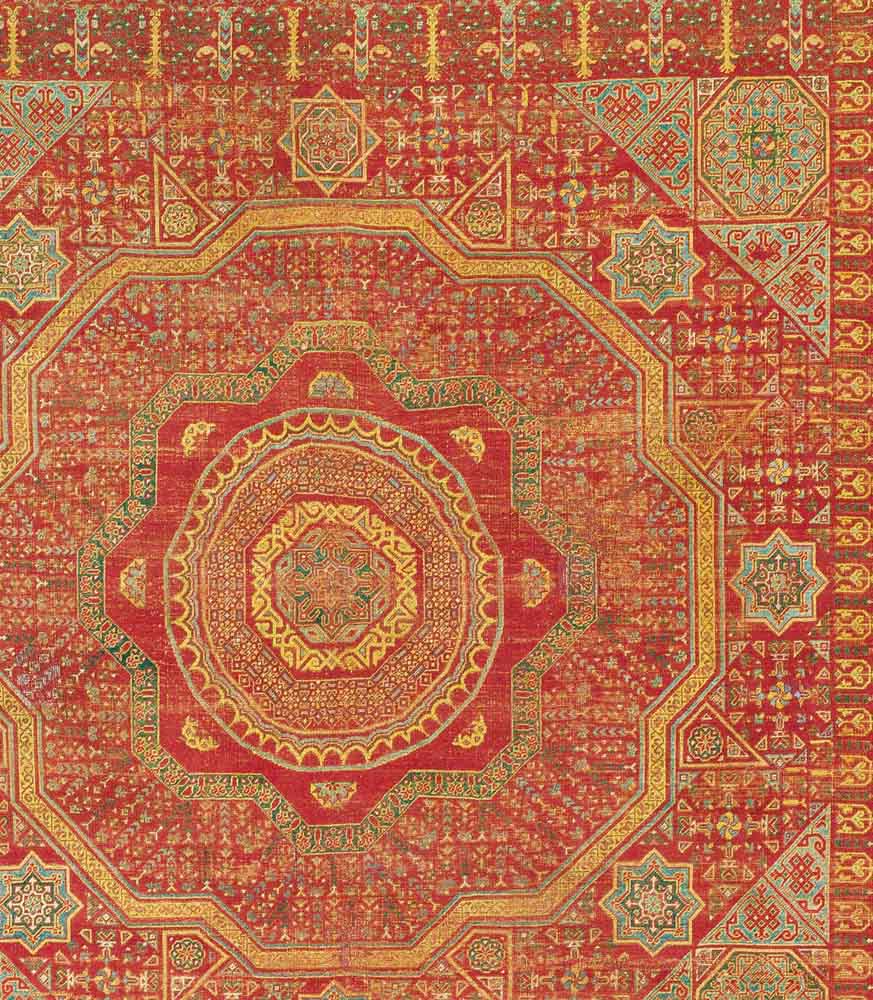
A selection of over 30 individual objects is to present an impressive survey of the MAK’s holdings of distinctive, high-quality carpets with an emphasis on the unique examples of 16th and 17th-century Persian and Mamluk rugs that make this one of the world’s best-known and most valuable such collections.
In addition to a review of developments in carpet-making between the late 15th century and the 18th century, this presentation will also spotlight carpet-art as an overarching theme of European interiors. Classic Safavid and Ottoman carpets of the 16th and 17th centuries, highlights of Oriental artisanry, represent the highlights of this new presentation.
The classic Middle-Eastern output is complimented by a group of knotted-pile Savonnerie carpets made in France during the 18th century, including one that belonged to Emperor Josef II of Austria. The items exhibited in the MAK Permanent Collection Carpets document the pioneering design language to be found in such French works.
The presentation will be rounded out by around 30 three-dimensional objects from the MAK Collection that serve to highlight diverse interactions with artisan output. An example would be the design-related parallels that one can discern between tiles and plates from İznik and the Ottoman niche and prayer rugs from Istanbul and Bursa (2nd half of the 16th century). Press information

181 x 127 cm, taken over from the Imperial Court in 1922
© Gerald Zugmann/MAK
